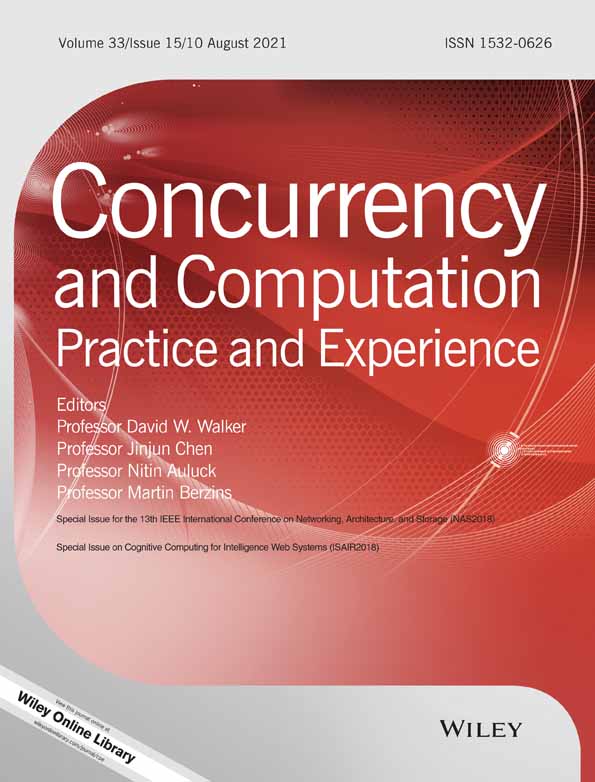Numerical computational modeling of random rough sea surface based on JONSWAP spectrum and Donelan directional function
Gengkun Wu, No. 579 Qianwangang Road, Huangdao District, Qingdao, Shandong, China
Summary
In this paper, 51 sets of directional spectrum measured data collected from the Bohai offshore site were applied to study the comparative characteristics of Wen's direction spectrum and Donelan direction function. Firstly, the optimal frequency value of direction spectrum is analyzed from two aspects: the direction cumulative distribution and the direction distribution function fitting quality. Secondly, combined with the experimental results, the distribution characteristics of different direction functions are compared from the maximum and standard deviation of the distribution function. The experiments prove that Donelan function contains all the states of the wind and wave growth stage, which can fully measure the influence of the wave age on wind frequency spectrum. Then, this paper analyzes the classical Monte Carlo method and the Las Vegas method from the perspective of the computational complexity and direction distribution difference of simulation step. Based on the classical Monte Carlo method, this paper proposes a two-dimensional random rough sea surface numerical calculation model suitable for different water depths and different wind wave growth stages. Finally, by analyzing the characteristics of the nonlinear sea surface, this paper studies the effects of wind speed, wind direction, and fetch on sea surface wave height and growth state.




